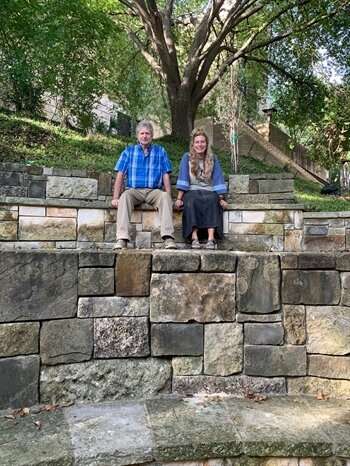Study compares natural and artificial environment effects on memory and reasoning skills

Attention Restoration Theory (ART) suggests that directed attention is subject to fatigue, and the presence of nature and natural environments allows recovery from that fatigue, consequently improving cognitive function.
In today's educational paradigm, students no longer learn only via in-person, face-to-face instruction. Because of the growing demand for net-centric instructional methodologies such as on-line courses and the synchronous and asynchronous delivery of classes, students often find themselves learning in the isolated environment of a virtual classroom. In an article recently published by the American Society for Horticultural Science in the journal HortTechnology, ART was put to the test.
ART is not a new concept. In 1892, William James first posited the concept of voluntary attention. For James, this not only meant focused concentration, but also the suppression of potential distractions. In 1989, Kaplan and Kaplan further expanded upon these observations by James and others and introduced the Attention Restoration Theory. Research on this subject has continued through the present day.
The purpose of this study was to investigate whether the mental processes of memory and reasoning were enhanced when exercised concurrently in a natural environment and in the presence of soft fascinations, versus an artificial environment, such as an indoor classroom or lecture hall.
The researchers in this study observed three hundred and eighty degree-seeking students at Texas State University.
Testing was conducted throughout the semester, based on when instructors would allow access to their classes and students. There were three distinct tests given to the students, in two different environments. The tests used were modified forms of a sentence repetition test, a verbal test and a non-verbal reasoning with problem solving.
One set of tests was administered in an artificial environment, while the other was administered in a much more natural environment. The artificial environment was an indoor classroom. The natural environment was outside in a small amphitheater, which was located within a garden area that contained many horticultural elements.
This paper explores the methodology and findings of this testing and compares subjects from the same demographic categories. One key finding was that students who were in their senior year performed significantly better on the Sentence Repetition Test in a natural environment.
More information: Stephen B. Prentice et al, The Effects of Environment on Memory and Reasoning Skills: Comparing Natural and Artificial Environments, HortTechnology (2021). DOI: 10.21273/HORTTECH04883-21
Journal information: HortTechnology
Provided by American Society for Horticultural Science




















